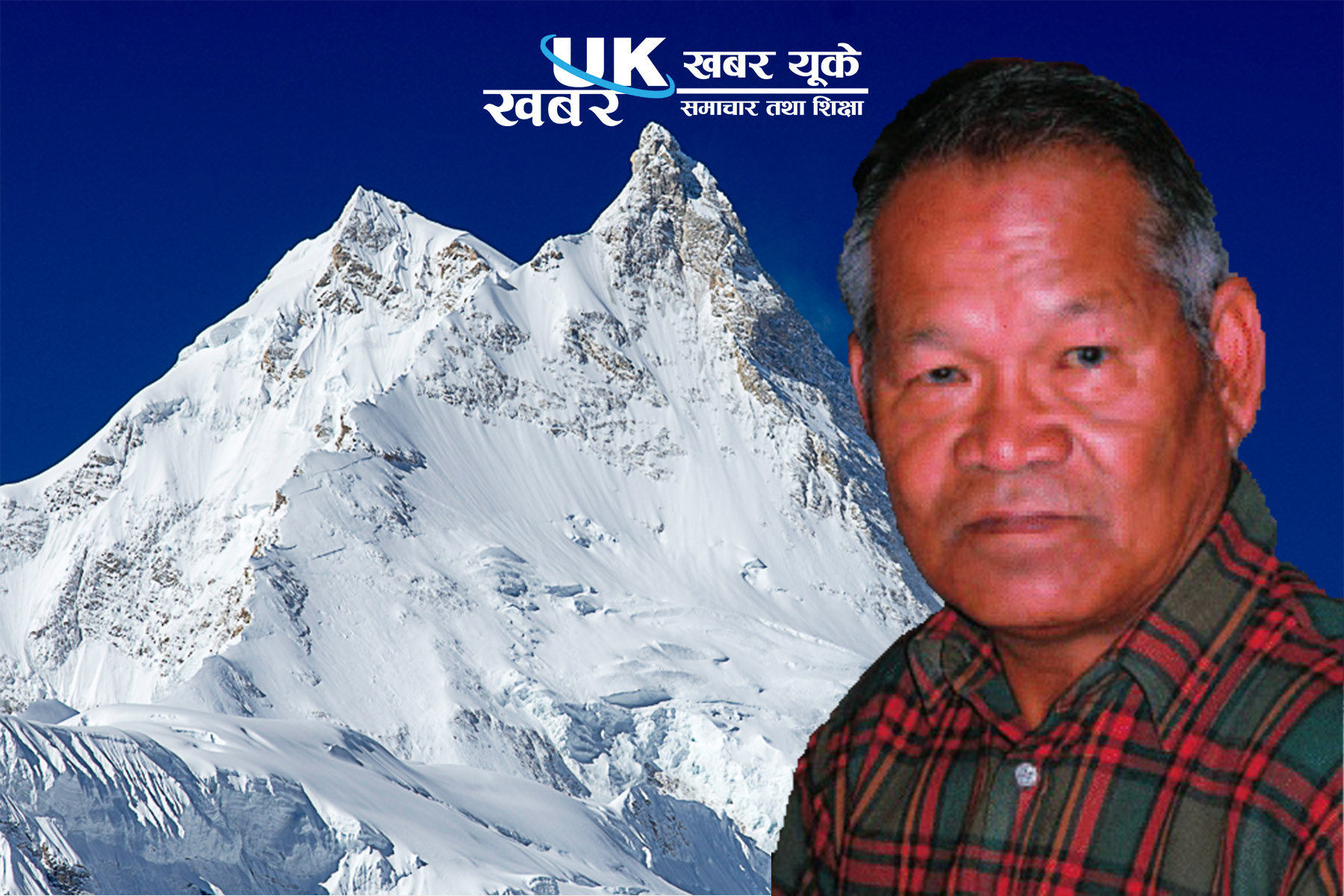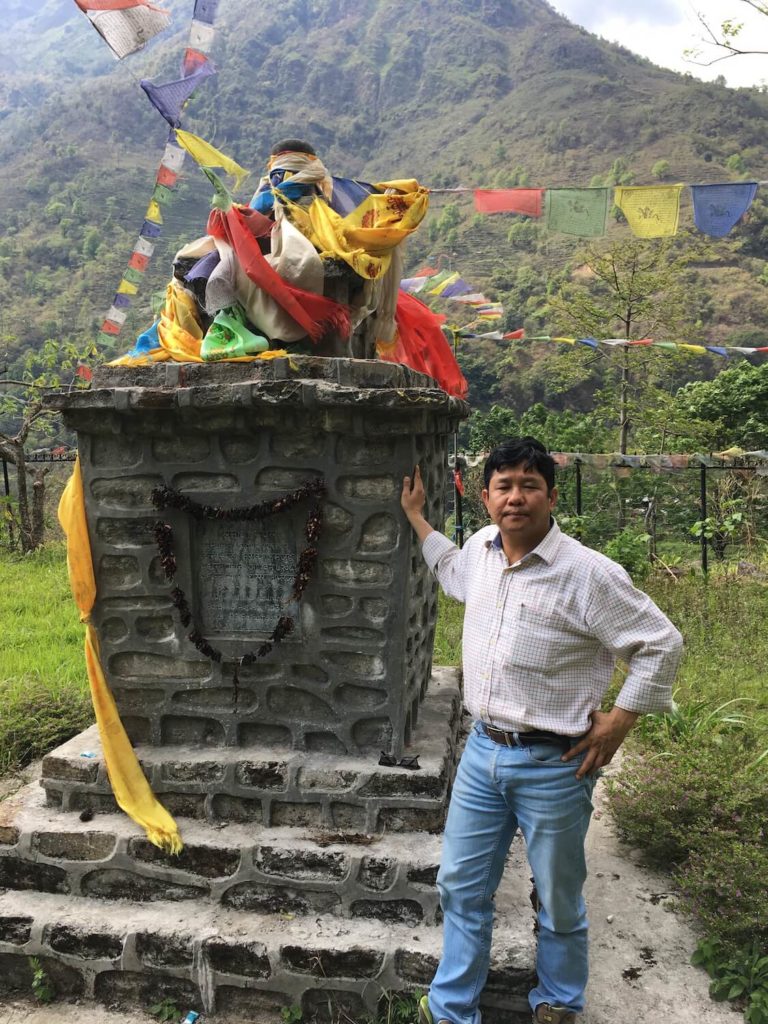
Remembering Harka Gurung
Tribute to a visionary Nepali on the 15th anniversary of his death in the Ghunsa crash
Jit Gurung
September 22, 2021
Twenty-third September marks the 15th anniversary of the tragic death of Dr Harka Gurung and 23 other environmentalists, diplomats, politicians and professionals in a helicopter crash in Ghunsa of Kangchenjunga. Among them were pioneering conservationists that day, including Chandra Gurung, Mingma Norbu Sherpa, Yeshe Lama, Tirthaman Maskey and many others.
Harka Gurung was born in Lamjung in January 1939 and was the fifth of six sons. Nicknamed ‘Hanuman’ by his parents, family members remember that from a young age he showed great promise, always curious about the world, and eager to learn new ideas.
He topped the Intermediate level at Tri-Chandra College in Kathmandu and in BA (Hons) at Patna College. He then dropped out of a military academy in Dehradun and went on to earn a PhD from the University of Edinburgh in 1965 — the first person from the Gurung community to receive a doctorate.
Harka Gurung was a renowned scholar and wrote and published 15 books and over 700 research articles in various fields, covering geography, development, sociology, economy, anthropology, tourism and mountaineering.
After teaching briefly at SOAS of the University of London and Tribhuvan University in Kathmandu, Harka Gurung served as a member of the National Planning Commission in 1968, later becoming its vice-chair until he was appointed state minister for tourism.
He was instrumental in promoting tourism and mountaineering in Nepal during his tenure in government, and was in the committee that gave names to many of Nepal’s unnamed Himalayan peaks. After his death, the government named a 7,871m peak in Manang after him.
After leaving the government, he served as director of the Asia-Pacific Development Centre in Malaysia and returned to Nepal to continue his scholarly pursuits.
Besides becoming my in-law, Harka Gurung was a role model. He was my guiding light and mentor. He advised me in my academic life, my second career after 22 years of military service, and introduced me to his array of Nepali and international contacts.
Once, in Kenya he told me to go and see his old friend Ian Douglas-Hamilton who ran an elephant research centre there. But instead of me going to see him, Douglas-Hamilton came to collect me in his private plane, and took me on an aerial tour of his Samburu ranch where he owned over 900 elephants.
When I was an intern at the United Nations in New York, Dr Gurung introduced me to Assistant Secretary General Kul Chandra Gautam and Navin Rai, then working at the Word Bank. In the UK in June 2005, he put me in touch with Prof Surya Subedi and Dr Ramesh Dhungel.
Through him, I got to know Dudley Spain, then 88, who had spent decades with the British Embassy in Kathmandu. When news came from Nepal of the helicopter crash, Dudley wept for his friend.
Back in Kathmandu Dr Gurung took me along to attend various academic events, which helped me expand my network. In fact, it was Dr Gurung who introduced me to Ganesh Gurung of the National Institute of Development Studies (NIDS) who helped with research for my masters level dissertation at Coventry University.
My last meeting with Dr Gurung was in June 2005 during his visit to the UK, and I feel his absence deeply at a personal and professional level. Nepal has also lost a towering figure who spoke passionately about political inclusion, social justice and the need to protect the country’s natural resources and biodiversity.
Long before Nepal’s two elections to a Constituent Assembly to draft a new Constitution, Dr Gurung had openly voiced the need for such an assembly even during the restricted absolute monarchy period of the Panchayat. He was ahead of his time in many ways.
As a social demographer, Dr Gurung believed that Nepal had too many administrative areas, and wanted the size of zones and districts reduced so they would be more manageable and suggested a new map. He felt true devolution was more important to decentralise decision-making and to empower the disenfranchised.

Now, Nepal has a federal democratic system, yet it has not achieved good governance, and despite the Constitution the indigenous people’s movement that Dr Gurung espoused still does not have adequate representation in the state machinery.
If he was alive today, Dr Gurung would continue to shape a new Nepal that he believed was possible to create. He would have answers to tackle internal and overseas migration, address the impact of the climate crisis, to make access to health and education more equitable.
The MI-17 helicopter went missing on Saturday 23 September 2006 just after taking off from Ghunsa in poor visibility. The wreckage was located two days later on a steep mountainside. The crash dealt a heavy blow to Nepal’s conservation movement, and in Harka Gurung the nation lost a visionary multi-disciplinary scholar.
Jit Gurung was born in Tang Ting of Kaski district, and is currently with the UN Mission in Mali.
Source– NepaliTimes
